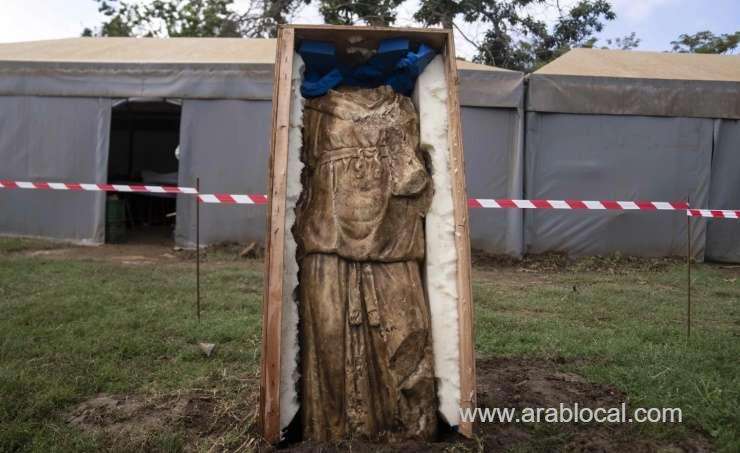
Archaeologists have recently unearthed additional remnants of what they believe was once a thriving port city near the modern-day capital of Morocco. These discoveries include thermal baths and working-class neighborhoods, and Morocco aims to attract tourists and scholars in the coming years with these findings.
Researchers from Morocco's National Institute of Archaeological Sciences and Heritage presented their new findings at Chellah, a UNESCO World Heritage Site covering 1.2 square miles (3.15 square kilometers), which is nearly five times the size of Pompeii.
According to the Associated Press (AP), scholars suggest that the area was originally settled by the Phoenicians and later became a significant outpost of the Roman Empire from the second to the fifth century. This fortified necropolis and its surrounding settlements were located along the Atlantic Ocean and the Bou Regreg river.
Discoveries at the site have included bricks inscribed in neo-Punic, a language predating the Roman presence in Morocco.
The main excavation site has been closed for renovations during the pandemic, and archaeologists have been expanding it since March. The expanded site presented on Friday is larger than Volubilis, another well-visited set of ruins located 111 miles (179 kilometers) east of Rabat. Abdelaziz El Khayari, a professor of pre-Islamic archaeology from Morocco's National Institute of Archaeological Sciences and Heritage, pointed out that the site's significance lies in its waterfront location, which likely made it a crucial trading hub for the exchange of materials, including the import of Italian marble and the export of African ivory. He expressed hope that new excavations would reveal more about the city's prosperity in the coming months and years.
"We still haven't discovered the actual port," he noted.
El Khayari and his team of archaeologists explained that the newly discovered areas farther from the center of Chellah had never been previously studied. During a news conference on Friday, they unveiled a recently discovered statue of a woman, possibly a deity or empress, adorned in cloth. This was the first such statue found in Morocco since the 1960s. They also showcased a neighborhood constructed from limestone and sun-dried bricks.
Mehdi Ben Said, Morocco's Minister of Youth, Culture, and Communication, expressed confidence that the site's proximity to Morocco's capital would attract both local and international tourists. Since March, his department has invested $487,000 (455,000 euros) in the project and plans to double that amount each year until the excavation is completed.
"It's something that can interest everyone," Ben Said commented. "Sites like Volubilis receive 500,000 visitors per year. We aim to attract 1 million visitors by developing this site, bringing it to life, and implementing marketing and communication strategies.